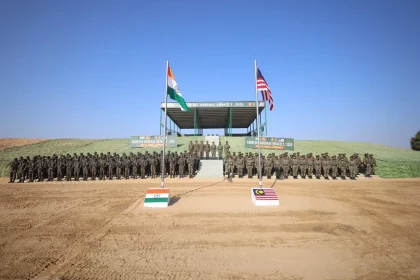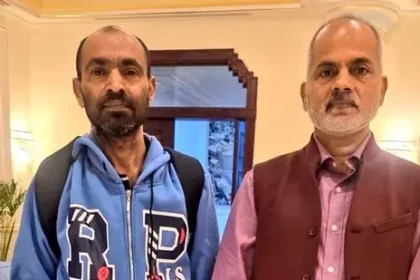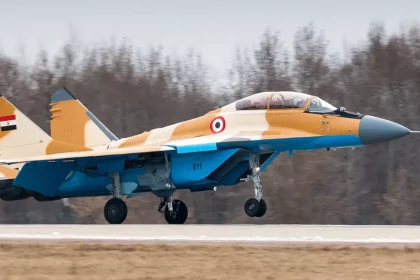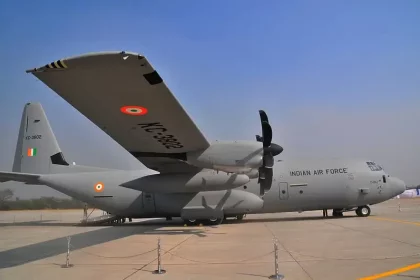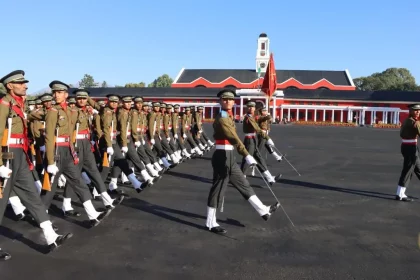India, Malaysia Begin Joint Military Exercise Harimau Shakti 2025 in Rajasthan
Indian DOGRA Regiment and Malaysian 25th Battalion Train Together for Enhanced Counter-Terror Operations in Rajasthan.
Ex-Army Soldier Freed After Five Months in Houthi Captivity, Returns Home Safely
Former Army Soldier Held by Houthis Returns Home After Months of Mental Ordeal.
India’s Indigenous MiG-29 Brake Parachute Makes Global Debut at EDEX 2025
Gliders India Showcases Lighter, Faster-to-Deploy MiG-29 Brake Parachute at EDEX 2025.
India–US Defence Ties Deepen as Lockheed Martin & TLMAL Deliver 250th C-130J Tail Assembly
Hyderabad-built tail assembly marks a major leap in India’s role within the global C-130J production ecosystem.
GE Aerospace Hands Over Fifth F404-IN20 Engine to HAL, Boosting TEJAS MK-1A Programme
GE Hands Over Fifth F404-IN20 Engine to HAL, Boosting TEJAS MK-1A Production Momentum.
Dehradun Implements Traffic Diversion Ahead of IMA Passing Out Parade from December 6 to 13
Traffic Diversions Announced in Dehradun Ahead of IMA Passing Out Parade on December 13, 2025.

